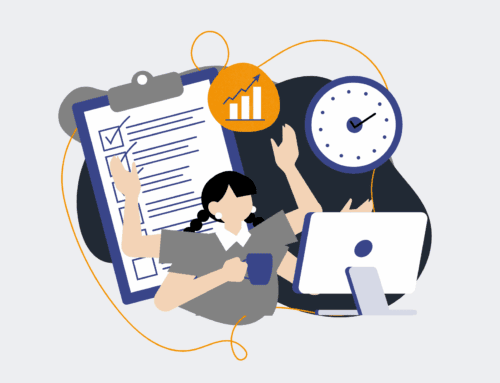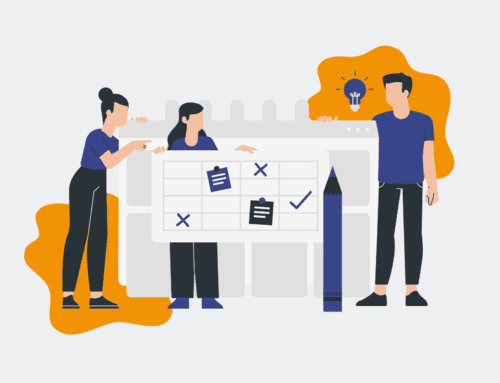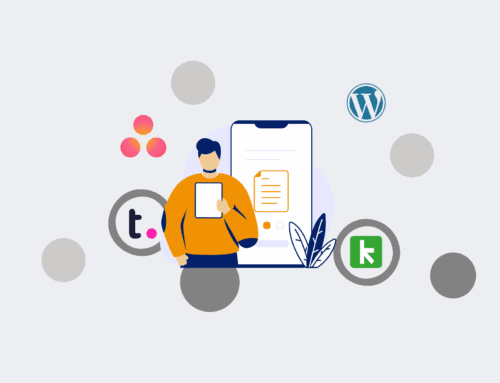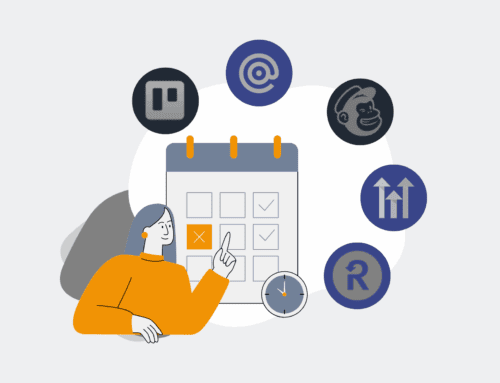How to Conduct an AI Readiness Assessment for Your HR Department in 6 Steps
In today’s rapidly evolving business landscape, artificial intelligence is no longer a futuristic concept but a strategic imperative. For HR departments, embracing AI can unlock unprecedented efficiencies, enhance candidate and employee experiences, and provide deeper insights into talent management. However, jumping into AI without proper preparation can lead to costly missteps. A comprehensive AI readiness assessment is the foundational step to ensure your HR department can strategically integrate AI, aligning technology with your organizational goals and maximizing its transformative potential. This guide provides a practical, six-step framework to evaluate your HR department’s current state and prepare for a successful AI future.
Step 1: Define Your Strategic AI Objectives for HR
Before any technology implementation, clarity on ‘why’ is paramount. Begin by identifying the specific HR challenges AI is intended to solve or the opportunities it should unlock. Are you aiming to reduce time-to-hire, improve employee engagement, automate routine administrative tasks, or enhance data-driven decision-making in talent acquisition? Involve key stakeholders, including HR leadership, IT, and even operational heads, to ensure these objectives align with the broader organizational strategy. Clearly articulated goals will serve as your compass throughout the assessment and subsequent implementation, guiding resource allocation and measuring success. Without a clear purpose, AI adoption can become a solution in search of a problem.
Step 2: Inventory Current HR Processes and Data Landscape
A thorough understanding of your existing HR processes is critical. Document current workflows, identifying bottlenecks, manual dependencies, and areas ripe for automation or AI augmentation. Concurrently, assess your HR data landscape. Where is your data stored? How clean and structured is it? What are the sources (HRIS, ATS, performance management systems, engagement surveys)? AI thrives on quality data, so understanding its accessibility, integrity, and privacy implications is non-negotiable. Pinpoint any data silos or inconsistencies that could hinder AI effectiveness. This inventory provides a baseline against which potential AI solutions can be evaluated and ensures data readiness.
Step 3: Assess Your Technology Infrastructure and Integrations
Your existing tech stack plays a significant role in AI readiness. Evaluate your current HRIS, ATS, payroll systems, and other HR technologies for their compatibility with AI tools. Do your systems have open APIs for seamless integration? Is your cloud infrastructure robust enough to handle AI processing requirements? Consider data security protocols and compliance with regulations like GDPR or CCPA. Often, successful AI implementation relies on the ability to integrate disparate systems, creating a unified data flow. Identifying these technical capabilities and limitations early will highlight necessary upgrades or integration strategies, forming a crucial part of your AI roadmap.
Step 4: Evaluate HR Team Capabilities and Training Needs
People are at the heart of successful technology adoption. Assess your HR team’s current digital literacy and understanding of AI concepts. Identify skill gaps related to AI tool usage, data interpretation, and change management. It’s important to acknowledge potential anxieties or resistance to new technologies and address them proactively through communication and training. Develop a strategy for upskilling your team, focusing on AI literacy, data analytics, and ethical AI deployment. Empowering your HR professionals with the right knowledge and skills will foster a culture of innovation and ensure they can leverage AI effectively, transitioning from administrative tasks to more strategic roles.
Step 5: Identify Potential Risks and Ethical Considerations
AI introduces unique risks and ethical dilemmas that HR departments must proactively address. Consider potential biases in AI algorithms that could impact hiring decisions, performance evaluations, or compensation. Evaluate data privacy concerns, ensuring compliance with relevant regulations and internal policies. Beyond compliance, establish clear ethical guidelines for AI use, ensuring fairness, transparency, and accountability. This step involves creating a framework for ongoing monitoring and auditing of AI systems to detect and mitigate unintended consequences. Engaging legal and ethics experts early in this process can prevent future liabilities and build trust among employees and candidates.
Step 6: Develop a Phased AI Implementation Roadmap
Based on your assessment, synthesize your findings into a concrete, phased implementation roadmap. Prioritize AI initiatives based on their potential impact, feasibility, and alignment with strategic objectives. Start with pilot projects or low-risk applications to gain experience and demonstrate early wins. Define clear metrics for success for each phase and establish a feedback loop for continuous improvement. The roadmap should include timelines, resource allocation (budget, personnel), and a clear communication plan to keep all stakeholders informed. A structured, iterative approach allows your HR department to gradually integrate AI, learn from experiences, and scale solutions effectively while minimizing disruption.
If you would like to read more, we recommend this article: Mastering AI in HR: Your 7-Step Guide to Strategic Transformation









